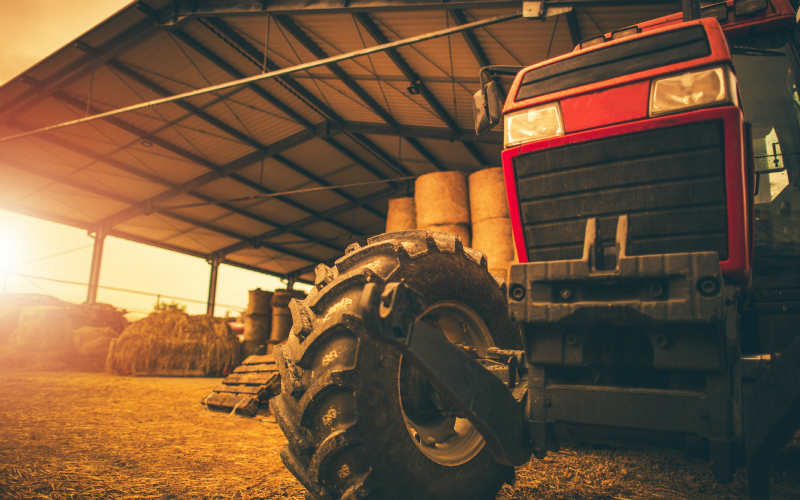
I recently gave a presentation to a group of farmers in relation to the recording of accidents and incidents on farms and their obligations under the Reporting of Injuries, Diseases and Dangerous Occurrences Regulations 2013. Following my presentation, I was asked whether there had been a general pattern of decline in terms of the number of accidents occurring on farms. Statistically speaking, I knew that farming, as part of the agriculture, forestry and fishing industry, is one of the more dangerous industries to work in in the UK. However I didn’t know the answer to that question and in true a lawyer style, my curiosity dictated that I must find out.
Helpfully, the Health and Safety Executive publish and maintain a record of all the accident data reported under various pieces of legislation going right back to 1974. The earliest consistent data was from 1986, therefore, I began at 1986 and worked out the average rate of reportable injuries and the average rate of fatalities across the agriculture, forestry and fishing industry over the following five years. There was an average of 1,780 reported non fatal injuries to workers and an average of 49 fatalities per year. Comparing this to the last five years, from 2012 to 2017, there were 881 non fatal injuries to workers and 29 fatalities. On the face of it, it does look like there has been a reduction in the number of people being injured or killed in the agricultural, forestry and fishing industry. However, with mechanisation there has been a significant reduction in the number of people working in the industry and the Health and Safety Executive helpfully provide the rate of non fatal injuries and fatal injuries per 100,000 workers in the industry. For the period between 1986 and 1991, there was an average of 604 non fatal injuries and 9 fatalities, per 100,000 workers each year. Over the last 5 years there was an average of 529 non fatal injuries and 8 fatal injuries per 100,000 workers each year. That is a reduction of 13% in injuries and a reduction of 12% in fatalities per year. These are more sobering statistics. The reduction in both is so small that it doesn’t give a particularly confident result in an overall reduction of fatalities at all.
We can compare these figures with the construction industry also known to be a dangerous industry. Using the same time periods, the construction industry has reduced the rate of fatal injuries per 100,000 workers from 8 to 2 and the rate of non fatal injuries from 1,930 to 411 per 100,000 workers. This equates to a reduction of over 75% in the number of reportable injuries and fatalities occurring per year in that industry since the late eighties. The farming, forestry and fishing industry has not experienced a similar reduction in the number of reportable injuries and fatalities since consistent reporting began. Why? Farmers lack the resources that the big construction companies have and the majority of farming enterprises run at a small to medium size enterprise level. They do not have the cash to employ health and safety specialists and to spend on health and safety initiatives.
However, farmers cannot ignore their health and safety duties and responsibilities. The thrust of the presentation I gave focused on the importance of recording accidents and incidents (near misses). I discussed Herbert Heinrich’s theory that in a workplace, for every three-hundred near misses that cause no injuries, there are twenty-nine accidents that cause minor injuries and one accident that causes a major injury. My theory is, if farmers know what accidents and incidents are occurring, they can take targeted action to reduce the behaviour or the circumstances that allow those incidents to occur. If you can reduce the number of near misses that occur on the farm, there should be a proportional decrease in the number of minor injuries and it may reduce the likelihood of a major injury occurring.
Proper recording of incidents and accidents provides an easy way for farmers to get an insight in to the risks that present on the farm. They can then use that information to inform their risk assessment and then they can take steps to reduce those risks. Risk assessment is the foundation of health and safety law and if farming activities are properly risk assessed and suitable and sufficient controls put in place to reduce those risks, we can finally start to make some headway towards reducing the number of reportable injuries and fatalities occurring in the farming industry each year.
